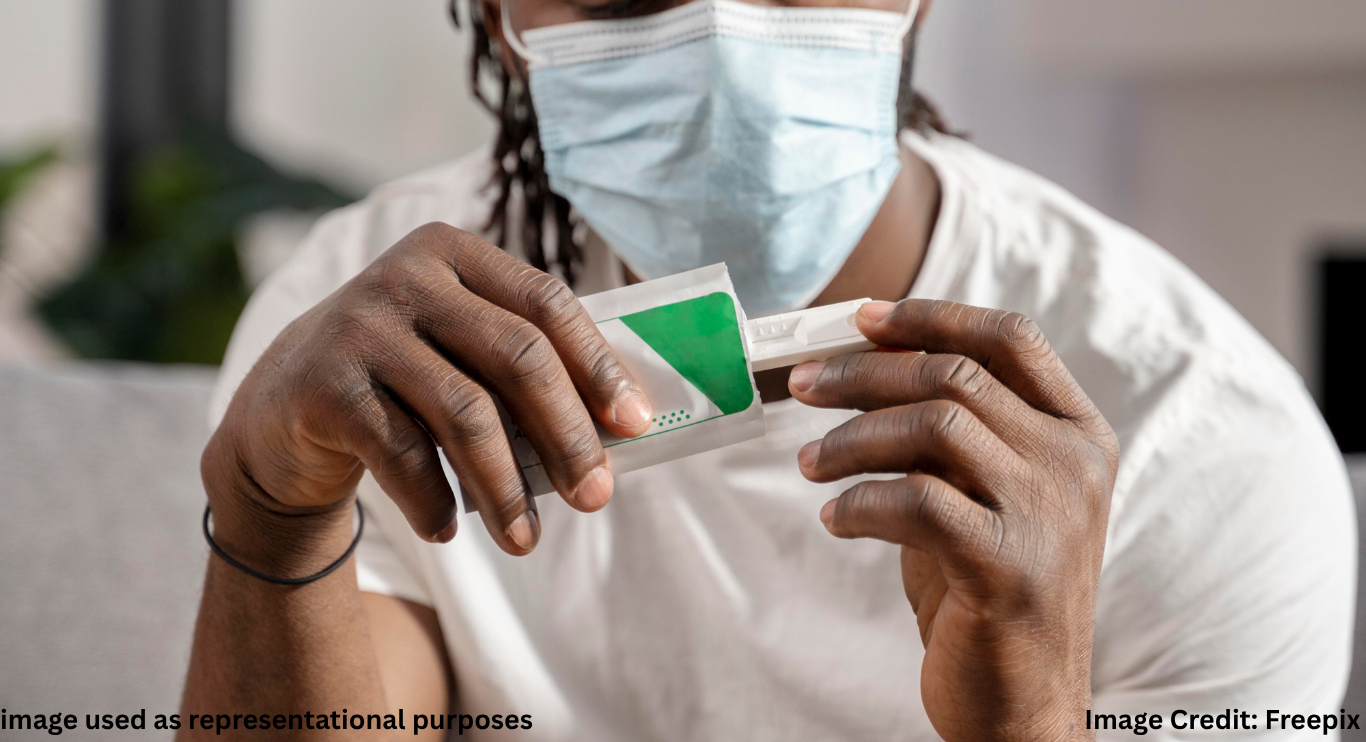
Understanding HBOT Threats Conditions
HBOT threats conditions refers to a growing body of critical health challenges that hyperbaric oxygen therapy (HBOT) is now being used to treat. From serious infections to non-healing wounds, the therapy is being recognized as a powerful medical breakthrough.
While many people associate oxygen therapy with emergencies, HBOT is more than just a reactive solution. It’s a planned treatment where patients breathe 100% oxygen in a pressurized room to accelerate healing.
In the first 10% of this article, we focus on HBOT threats conditions—conditions that this therapy directly combats with significant results.
What Is HBOT and How Does It Work?
Hyperbaric Oxygen Therapy is a medical treatment that enhances oxygen delivery to damaged tissues by increasing atmospheric pressure. It helps saturate your blood plasma with oxygen, improving tissue function and promoting healing at a cellular level.
HBOT sessions usually last 60 to 90 minutes and can be done in single or multi-place chambers. The therapy triggers angiogenesis, reduces inflammation, and helps fight infection.
Conditions That HBOT Threatens Effectively
1. HBOT for Severe Infections
One of the primary HBOT threats conditions is necrotizing fasciitis, a life-threatening bacterial infection. HBOT inhibits bacterial toxins and enhances immune cell activity.
A real-life case at UCLA Medical Center involved a patient with gas gangrene whose limb was saved due to early HBOT intervention. Without it, amputation would have been the only option.
2. HBOT in Carbon Monoxide Poisoning
Carbon monoxide poisoning deprives the brain of oxygen. HBOT removes the toxic gas faster than normal air breathing.
According to the CDC, using HBOT within six hours of exposure can reduce long-term neurological damage.
3. HBOT for Diabetic Wounds
Diabetics with foot ulcers are at high risk for amputation. HBOT can stimulate blood vessel growth and aid in healing.
A friend of mine, John, a 65-year-old diabetic, avoided foot amputation through 40 HBOT sessions. “It was like magic,” he said, “when nothing else worked, this did.”
4. Radiation Injury Recovery
Cancer survivors who received radiation therapy may develop radiation cystitis or osteoradionecrosis. HBOT helps repair the damaged tissue by restoring oxygen levels, thus relieving pain and promoting tissue regrowth.
5. Stroke and Brain Injury Therapy
HBOT is increasingly being used for stroke recovery and traumatic brain injury (TBI).
Although still under clinical trials, early research indicates improved motor and cognitive function post-stroke. A 2023 study in Frontiers in Neurology found significant gains in patients after 40 HBOT sessions.
Read about our article on the Tragic Hyperbaric Chamber Fire in Arizona
Real-Life Experiences With HBOT
Many people who undergo HBOT share emotional and inspiring stories.
Marilyn, a 42-year-old from Denver, was diagnosed with chronic Lyme disease. After months of fatigue, HBOT gave her renewed energy. “I was skeptical,” she admits, “but within weeks, I felt more alive than I had in years.”
Similarly, veterans suffering from PTSD have also reported emotional clarity and reduced anxiety through HBOT programs supported by nonprofits like Hyperbaric Oxygen Therapy for Veterans.
Is HBOT Safe for Everyone? Risks to Know
Like any treatment, HBOT has its contraindications and risks. Not everyone should use it without medical advice.
Potential side effects include: Ear or sinus pain, temporary vision changes, lung overexpansion injuries (rare).
Pregnant women, people with collapsed lungs, and those with uncontrolled seizures should avoid HBOT unless cleared by a physician.
Always consult with a hyperbaric medicine specialist before starting.
Expert Recommendations and Practical Advice
If you’re considering HBOT: Get a referral from a qualified doctor or wound specialist, start with a full medical evaluation to ensure you’re a good candidate, commit to a full protocol. Most benefits come after 20–40 sessions, qsk questions about the facility’s certifications and safety protocols.
Dr. Lisa Rudd, a specialist in hyperbaric medicine in Dallas, advises:
“Patients must stick to the schedule. Skipping sessions reduces effectiveness. Consistency is key.”
Final Thoughts: The Future of HBOT
The evidence continues to grow for HBOT’s power in treating critical and chronic conditions. While it’s not a silver bullet, HBOT threats conditions once considered untreatable or irreversible.
As research expands, we may soon see HBOT as a standard tool in modern medicine, rather than just an alternative.
If you’re battling a stubborn health issue—HBOT may offer hope, healing, and a second chance at life.

Akalumhe Jefferson is a content writer with a new found interest for crafting engaging stories that transport readers to new worlds. Although no current actual background in creative writing but there’s active love for writing



